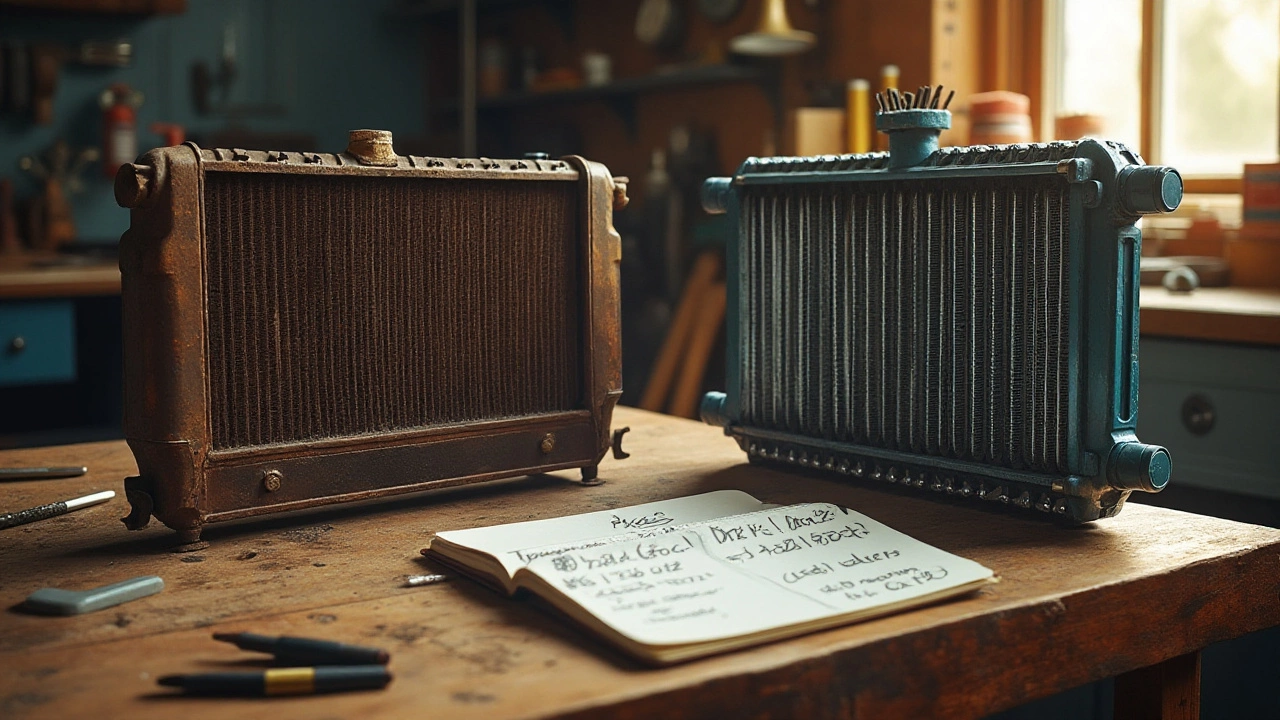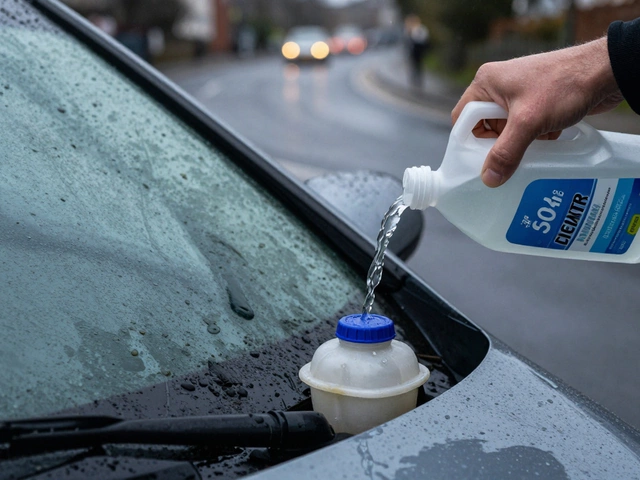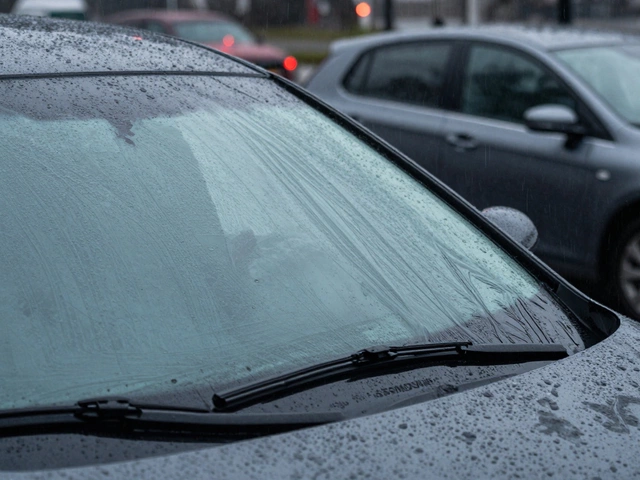When your car starts to run hot, chances are your radiator is sounding an alarm. A radiator acts as the unsung hero under the hood, keeping things cool and the engine running smoothly. But like all heroes, they can falter, and sometimes replacement is the only remedy.
The cost to replace a radiator isn’t a one-size-fits-all figure. From the type of vehicle to the garage rates in your area, several factors come into play. In this article, we’ll peel back the layers on what impacts the price of swapping out this crucial component.
There’s more than just watching the temperature gauge to know if your radiator’s on the fritz. Learning the signs of a failing radiator can save you from a road trip gone wrong. We’ll also talk about ways to trim some dollars off the repair bill, and even when it might make sense to roll up your sleeves and tackle the job yourself.
- Understanding Radiator Role
- Signs Your Radiator Needs Replacement
- Cost Breakdown of Radiator Replacement
- Tips for Reducing Replacement Costs
Understanding Radiator Role
The car radiator is pivotal in every vehicle's cooling system, acting much like the heart in the human body—though instead of blood, it circulates coolant. Positioned at the car's front, it's designed to take advantage of incoming air to cool down the engine's heat. When the engine runs, it generates significant heat, and it's the radiator's job to keep this temperature within safe limits. Without it, engines could overheat, leading to significant damage or complete failure.
The radiator works in tandem with other critical components like the thermostat and water pump. As the engine churns out power, it also produces a tremendous amount of heat that needs somewhere to go. The coolant, held usually in the radiator, absorbs this heat and is then cycled back through the engine's various components, maintaining a balance between efficiency and temperature. It travels to the radiator where it is cooled by air, circulating back to absorb more heat in a seamless process that is often invisible to the driver.
Maintaining optimal engine temperature is essential not just for performance, but also for fuel efficiency and emissions. A poorly functioning radiator puts stress on the engine, potentially disrupting its rhythm and causing gradual wear over time. The complexity of the radiator's function—transforming and directing energy—often goes unnoticed until something goes awry. In fact, the radiator's ability to prevent overheating is a cornerstone of a car’s long-term reliability.
A compromised radiator can manifest as a gradual climb in engine temperature, especially noticeable on the dashboard’s temperature gauge. Drivers may also find themselves having to frequently replenish coolant levels if there are leaks, indicative of a failing radiator. Additionally, visible coolant leaks under the vehicle can be a dead giveaway. When these issues arise, understanding the radiator's role becomes paramount to both the vehicle's health and safety.
"A radiator is the key to cooling your car, an unsung champion that works tirelessly beneath the hood," according to renowned car expert, John Smithson.
For those interested, the mechanics behind the radiator replacement process can also shed light on its importance. It’s not just about swapping out a metal container. It involves disconnecting and reconnecting integral parts of the car's cooling structure. This complexity underscores the necessity of having an efficient and functioning radiator—a crucial part of the machine we often rely on every day.

Signs Your Radiator Needs Replacement
Knowing when your car's radiator is on its last legs can be tricky, but recognizing the warning signs early can help prevent bigger issues down the road. The first sign is often overheating. You might notice the temperature gauge rising faster than usual or hitting the red zone altogether. This is usually due to the radiator not managing the engine's heat effectively, something that shouldn’t be ignored. Leaving it unchecked could potentially lead to severe engine damage, a cost no car owner wants to face.
Another warning flag is the presence of coolant under your vehicle. If you find a puddle of this bright-colored fluid in your parking spot, it indicates a possible leak in the radiator or hoses. Coolant leaks can be tricky, since they don’t only hint at radiator failure but might also involve other components of the cooling system. Regularly checking under the hood for leaks can save you money and hassle in the long run.
Strange sounds coming from your engine are also a common indicator of radiator problems. These could manifest as bubbling, hissing, or even gurgling noises, signaling that the coolant is not circulating properly. Oftentimes, air is trapped in the cooling system, causing these odd sounds as it tries to escape. Besides being annoying, it hints at bigger internal issues, indicating you might need a radiator replacement sooner rather than later.
Another telltale sign is rust or discoloration on the radiator's surface. Over time, wear and tear can lead to corrosion, especially if an incorrect mixture of water and coolant is used. Corrosion can clog the radiator, preventing it from working efficiently. This should be taken seriously, as consistent rust will eventually lead to leaks if the car radiator isn't replaced promptly. Additionally, inspecting the liquid inside the radiator cap for rust particles can provide further confirmation of internal decay.
If you experience frequent radiator repairs or issues despite being vigilant in maintenance, it may be time to opt for a replacement. A recurring need to add coolant or patch leaks points to underlying deterioration that simple fixes can’t solve. As the old saying goes, “Prevention is better than cure,” and with car radiators, sometimes replacing rather than repairing is the smarter decision.
“Neglecting necessary maintenance ensures a catastrophic failure,” warns renowned automotive expert, James May. Keeping an eye on radiator condition and maintenance can prevent unexpected breakdowns.

Cost Breakdown of Radiator Replacement
Getting into the nitty-gritty of radiator replacement costs, there are several factors you need to weigh in. First and foremost, the type of vehicle you own has a significant impact on the price. If you're driving a common sedan, you're in luck compared to the owner of a high-end luxury car or a rare vintage model. This is because parts for ordinary cars are generally more accessible and cheaper.
Let’s break this down a bit more. The radiator itself is the largest portion of the cost. Depending on the make and model of your car, you can expect to pay anywhere from $150 to $500 for a new radiator. Trucks and SUVs often have larger radiators, and if your vehicle is designed for luxury or performance, prices can soar even higher.
Labor charges are another chunk of the expense. You see, swapping out a radiator isn’t as simple as popping it in and out. It requires draining the coolant, removing hoses, brackets, and ancillary components to access the radiator. For this reason, labor can set you back $100 to $300 depending on your local rates, with some repairs taking up to three hours.
A crucial consideration is whether you want a brand new radiator or are okay with something pre-owned or refurbished. New radiators usually come with warranties, providing peace of mind and protecting your investment. On the flip side, used or remanufactured parts might save you some bucks upfront, but they come with risks. As noted by Motoring Weekly, "Choosing refurbished radiators can sometimes lead to unexpected failures if their condition isn’t thoroughly vetted."
Additional materials are unseen costs that can add up. These include coolant, which needs to be drained and replaced during the swap. Depending on the type of coolant required by your vehicle, this can range from $15 to $30. Then, you might need new hoses or clamps if yours are worn or damaged by the heat and age.
Nearby competition among mechanics also plays a role in what you'll pay. By getting quotes from multiple garages, you might stumble upon a better deal. Car owners with a knack for fixing things might consider doing it themselves, but remember, the complexity of this job means you should have solid know-how before diving in.
It's essential that you budget appropriately for any additional issues that may arise. For example, a faulty radiator can sometimes be an indicator of other cooling system problems, like a broken thermostat or gasket leaks. Keeping a little extra set aside can prevent unpleasant surprises.
Here's a simple summary of potential costs you'd consider, on average:
| Component | Cost Range |
|---|---|
| Radiator | $150 - $500 |
| Labor | $100 - $300 |
| Coolant | $15 - $30 |
| Miscellaneous | Varies by need |

Tips for Reducing Replacement Costs
When faced with the prospect of replacing a car radiator, it's natural to want to manage expenses without compromising quality. Here are some practical strategies to trim costs while ensuring your vehicle is in tip-top shape. Firstly, it's essential to shop around. Not all garages are created equal when it comes to pricing. Get estimates from multiple sources before settling on a mechanic to perform the radiator replacement. Often, local independent mechanics may offer more competitive rates than brand-name dealerships.
Another way to reduce costs is by purchasing the radiator parts yourself. Often, garages add a markup to parts, which can inflate the total bill. Research online for reputable suppliers or even visit local auto parts stores. Ensure that you're buying compatible parts for your particular car model to avoid further complications. Sometimes, opting for aftermarket parts can offer savings, but always weigh these options carefully against OEM parts in terms of quality and fit.
For those who enjoy getting their hands dirty, considering a DIY approach might be a money-saver. Videos and manuals on radiator replacement abound on the internet, guiding novices through each step of the process. However, it is crucial to have a solid understanding of automotive repairs before diving in headfirst, as improper installation can harm your vehicle more than help it. As the old saying goes, 'A little knowledge is a dangerous thing' — in this case, inadequate knowledge can turn a simple replacement into an expensive ordeal.
Timing also plays a role in managing costs. Addressing radiator issues early can prevent severe damage that leads to more extensive repairs. Regular maintenance and inspections can help catch small issues before they balloon into costly problems. If your radiator frequently needs repairs, it may be time to bite the bullet and replace it altogether, saving you from repeatedly patching up a failing system.
According to Consumer Reports, preventive maintenance is one of the most cost-effective strategies car owners can employ. Regularly flushing the radiator and using the right coolant can extend its life, delaying the need for replacement.
For those who still find costs prohibitive, explore financing options or payment plans offered by some repair shops. While paying upfront is not always feasible, breaking down the payment into manageable chunks can ease the financial burden. Finally, if your vehicle is under warranty, check if your radiator replacement is covered. Some warranties might cover major components for a longer period than the rest of the vehicle, which can be a pleasant surprise when faced with significant repair costs.






